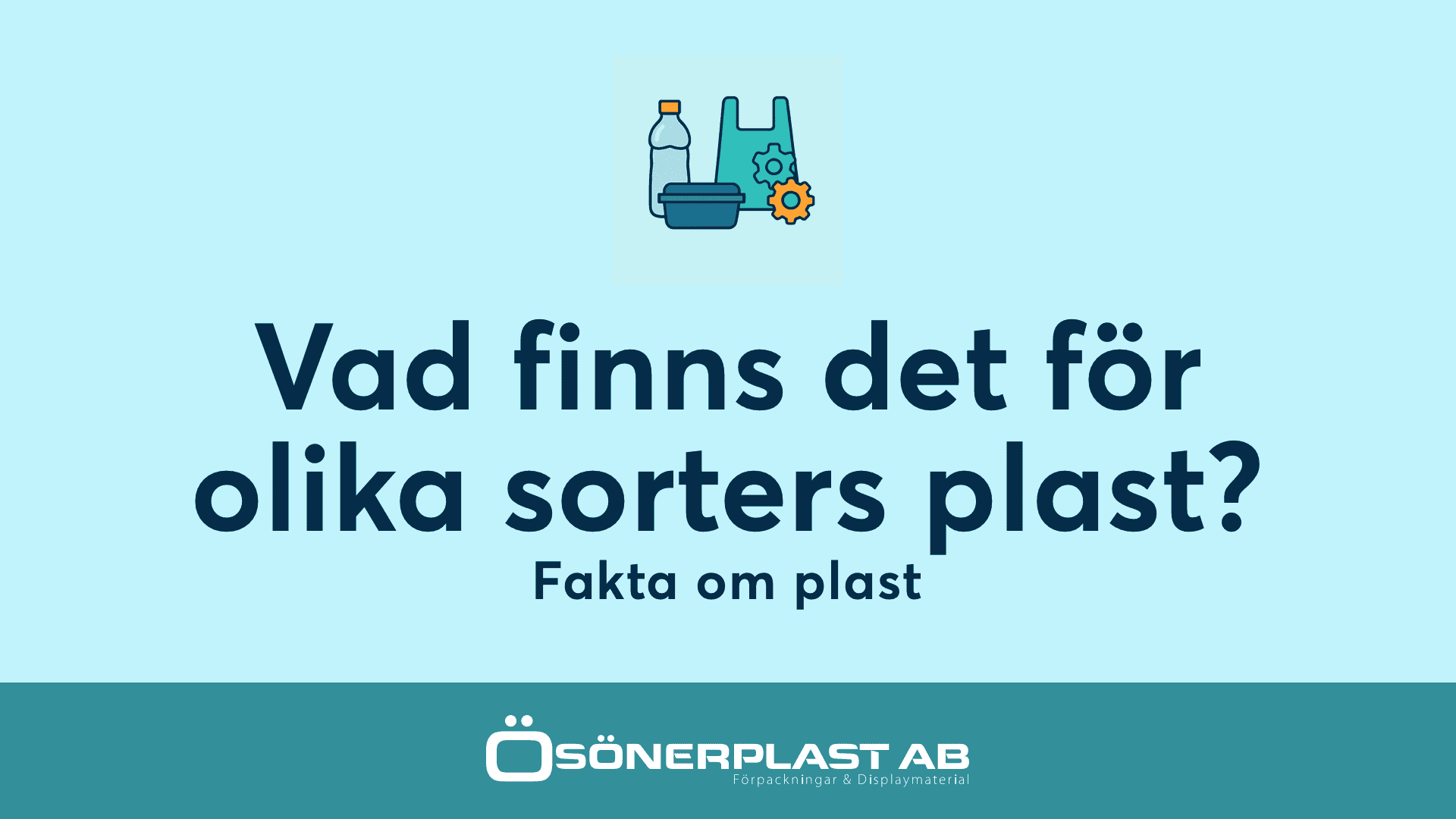To contribute to a better understanding of the sustainable use of plastics, we have created this page to answer the question: what are the different types of plastics? This post is part of a series of articles where we also describe the pros and cons of using plastic, how it can be made more sustainable and its impact on the environment.
Read the previous post: What is plastic made of?
Two main groups among different types of plastics: Thermosets and thermoplastics
The two main groups among the several different plastic materials are thermosets and thermoplastics.
Thermosets are plastics that cannot be melted down or reshaped after they have been manufactured. Often, thermosetting plastics are used with glass or carbon fiber for larger structures, such as boats or gliders.
Thermoplastics, unlike thermosets, can be both melted down and reshaped after manufacture. Thermoplastics are more common and some examples of thermoplastic products are plastic packaging (e.g. blisters, trays, inner tubes), plastic bottles, display materials, signs and mobile phone cases.
Polyethylene (PE)
Polyethylene is the most common thermoplastic and is mainly used in products such as kitchen utensils, toys, pipes, cables, plastic bags, plastic film and bottles. Polyethylene is often used because it is cheap to produce. Polyethylene is elastic and does not absorb water, has good mechanical properties and can withstand contact with many different substances. Polyethylene can sometimes contain dyes and in some cases flame retardants in applications where there is a risk of fire such as cable insulation.
Polypropylene (PP)
Polypropylene is a thermoplastic used in products such as food containers, packaging, toys, furniture and textiles. A characteristic of polypropylene is that it is durable, transparent and can withstand chemical stresses, such as acidic foods being left in packaging for a long time. Polypropylene can sometimes contain dyes, antioxidants and in some cases flame retardants in applications where there is a risk of fire.
Polystyrene (PS)
Polystyrene is a common and cheap thermoplastic used in many different types of plastic products. Common examples include food packaging, plastic displays and thermal insulation materials. Polystyrene has good electrical properties and is hard and rigid. For example, expanded polystyrene (EPS) is used for thermal insulation. The material polystyrene may contain plasticizers such as phthalates and organic phosphates or phosphate esters. Also antioxidants, stabilizers and brominated flame retardants.
Acrylonitrile butadiene styrene (ABS)
Acrylonitrile Butadiene Styrene (ABS) is a thermoplastic used mainly in electronic and technical products. Examples include vacuum-formed covers, computer screens, keyboards and printers. Typically, ABS is easy to produce, shape and can be varied to have several different properties, such as impact resistance. The material ABS may contain plasticizers such as phthalates. It may also contain brominated flame retardants, dyes and antioxidants.
Polyethylene terephthalate (PET)
Polyethylene terephthalate (PET) is one of the most widely used plastics and is found in products such as plastic packaging, plastic trays and plastic bottles. A characteristic of PET is that it weighs almost nothing and is impact resistant. PET is also used in textiles and packaging. PET materials may contain dyes.
Polymethyl methacrylate (PMMA)
Polymethylmethacrylate (PMMA), also known as plexiglass, is widely used in applications such as brochure stands, plexi cubes, contact lenses, and materials that need to withstand high stresses such as aquarium screens and hockey rinks. PMMA is impact resistant, shatterproof, weatherproof and very similar to glass. PMMA materials may contain dyes.
Polyvinyl chloride (PVC)
Polyvinyl chloride (PVC) is the third most used plastic in the world after polypropylene and polyethylene. PVC is basically a so-called rigid plastic, meaning that it is hard. Rigid PVC is widely used in water and sewer pipes and hard place toys.
Plasticized PVC, i.e. when plasticizers are added to the plastic, is used, for example, in hoses, flooring, electrical cable casings, printed clothing, rainwear, shoes, bags and belts, as well as in soft plastic toys and in healthcare materials such as ostomy and blood bags.
PVC is also the plastic that was used in and gave the name to vinyl records, the plastic can also be welded to cardboard in the manufacture of blister packs. Most of the plasticizers used in plastic materials go into the production of soft PVC. PVC materials may contain dyes, plasticizers, stabilizers and sometimes flame retardants.
Polycarbonate (PC)
Polycarbonate is used in products such as vandal proofing, hoods, glasses and traffic lights. Polycarbonate is also used for bulletproof windows and for visors, machine guards and aircraft windows. Polycarbonate is typically transparent, impact and heat resistant and electrically insulating. Polycarbonate may contain additives such as plasticizers, brominated flame retardants, dyes and antioxidants.
Read the next post: How are plastics made?
To learn more about plastics and stay up to date on news about products we manufacture, sign up for our newsletter. Here we will also notify you when new articles are released, so be sure to sign up today!
